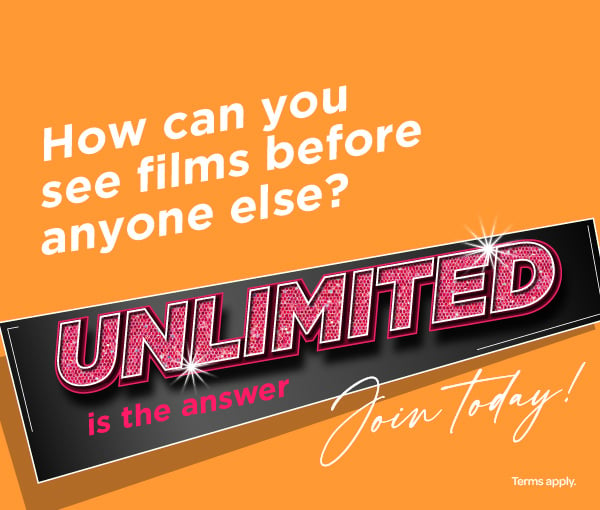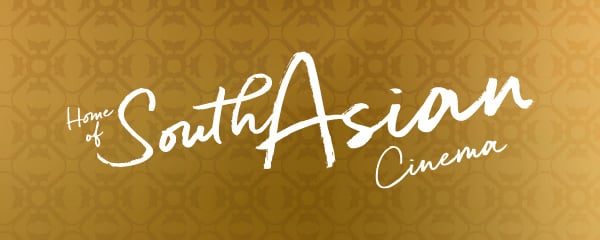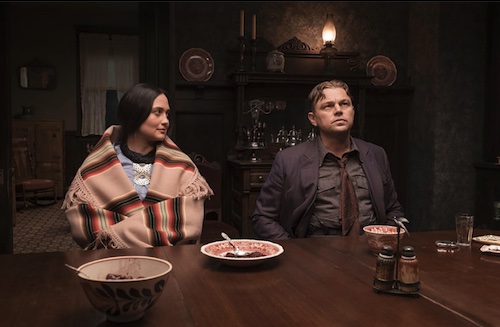
It's a good week to be a Martin Scorsese fan. The rule-breaking director of Taxi Driver and countless other classics is back with his sprawling historical thriller Killers of the Flower Moon, adapted from David Grann's non-fiction book of the same name.
The story examines the violent conflict between Oklahoma's newly oil-rich Osage Nation and the white conspirators who seek to deprive the Osage of their land by any means possible. Leonardo DiCaprio plays the war hero Ernest Burkhart whose marriage to Osage woman Mollie (Lily Gladstone) is compromised by the machinations of his ruthless capitalist uncle William Hale (Robert De Niro).
Need to brush up on your Scorsese-isms? In celebration of Killers of the Flower Moon's release, here are several of the director's essential traits, which have cemented him as one of the greatest filmmakers in the history of cinema.
1. Landscapes that act as characters
From Taxi Driver's (1976) seething cauldron of a New York cityscape to the Tibetan plateaus of Kundun (1997), Scorsese is famous for wrestling geographical environments to his advantage.
The mob-infested dime bars of Goodfellas (1990) have as much potency as the clockwork mechanics of a Parisian train station in the altogether more family-friendly Hugo (2011).
Killers of the Flower Moon is not only set on Osage Nation land in Oklahoma but the movie actually shot there, too. Much has been made of the Osage's input into the screenplay and the physical characteristics of the movie, more of which can be discovered in the following video.
2. A bold colour scheme
Who can forget the red-tinted, Jumpin' Jack Flash-themed intro to Robert De Niro's Johnny Boy in Mean Streets (1973)? The movie cemented Scorsese's intuitive knack for an arresting composition and these principles are further augmented by crash zooms and freeze frames to exert a physical impact on the viewer. Think of Ray Liotta's coke-fuelled meltdown in the final stages of 1990's Goodfellas as an example.
In Killers of the Flower Moon, Scorsese and his cinematographer Rodrigo Prieto offset the rolling green hills of Oklahoma with careful attention to detail in the colourful clothes and attire of the Osage. Dust and mud are regularly interrupted by explosions of blood and fiery orange as the Osage fall victim to a cabal of mysterious conspirators.
3. Morally ambivalent protagonists
Scorsese has always relished the dramatic possibilities of an amoral central character. It puts the viewing audience in a unique and compelling quandary: if we're watching an ambiguous, if not flat-out unpleasant, individual, how do we reconcile that with our own sense of morality?
From the paranoid, violent boxer Jake La Motta in Raging Bull (1980) to the decadent and wilfully law-breaking Wall Street broker Jordan Belfort in The Wolf of Wall Street (2014), Scorsese's movies are distinguished by their desire to walk on the wild side.
Killers of the Flower Moon is set to captivate us via the naive, put-upon war hero Ernest Burkhart and his nefarious uncle William Hale. In this instance, their machinations are offset by the upstanding and pure-hearted Osage member Mollie who finds herself an unwilling participant in a hideous conspiracy.
4. Memorable performances
Scorsese's collaboration with Robert De Niro is, of course, legendary. Their most famous partnerships encompass the likes of Taxi Driver and Raging Bull, both of which allowed the mercurial De Niro to plunge headlong into the darker recesses of human nature.
In recent years, Scorsese has coaxed memorable and diverse turns from Leonardo DiCaprio. If The Aviator (2004) demonstrates the actor's skill at getting beneath the skin of a real-life historical figure (Howard Hughes), then the outrageous The Wolf of Wall Street highlights DiCaprio's underrated capacity for physical comedy.
But it's not just the De Niro/DiCaprio show. One can also point towards the memorably afflicted Griffin Dunne in After Hours (1985), Willem Dafoe's portrayal of Jesus in The Last Temptation of Christ (1988) and the tremulous and repressed Michelle Pfeiffer in The Age of Innocence (1993), to name but three.
Scorsese's ability to get all of his actors to fire on all cylinders is one reason why his movies are so compelling. In Killers of the Flower Moon, as DiCaprio and De Niro grab the column inches, watch out for Lily Gladstone's quietly empathetic turn that steals the show from the sidelines.
5. Quick-fire editing
Thelma Schoonmaker has served as Scorsese's editor since Raging Bull, their collaboration having since crossed genres, boundaries and characters to the tune of three Oscar wins. In The King of Comedy (1983), she intercuts between the sad reality and uncomfortable delusions of Robert De Niro's Rupert Pupkin with ease. In Goodfellas, she cuts into violence with keen alacrity to leave the audience reeling.
In a film like Kundun or Hugo, the edits are perhaps softer and designed to envelop us in the story, rather than hit us with sledgehammer force. As an editor, Schoonmaker is fully invested in Scorsese's show don't tell philosophy of filmmaking, realising that a good edit relies as much on what is taken out as what is left in.
At nearly four hours long, Killers of the Flower Moon allows Schoonmaker's work to unfold at a relatively more stately pace. But those characteristic, hard-hitting edit points certainly rear their head when it's necessary to make a chilling point about the Osage Nation tragedy.
6. A dynamic soundtrack
Scorsese thinks as much about sound as he does about visuals. He coaxed out Bernard Herrmann's final score in Taxi Driver, the revered composer fashioning a sleazy alto-sax ode to seedy New York. Scorsese's regular collaborations with Howard Shore have traversed everything from tango (The Departed) to gentle, chime-driven magic (Hugo).
When he's not deploying an orchestral score, Scorsese is celebrated for his use of pop and rock and roll. He's utilised The Rolling Stones' 'Gimme Shelter' three times (in Mean Streets, Goodfellas and The Departed) and several of his choice cuts are legendary (the tracking shot into Robert De Niro in Goodfellas to the tune of Cream's 'Sunshine of Your Love').
Killers of the Flower Moon marks the final collaboration between Scorsese and the late composer/arranger Robbie Robertson, formerly of The Band. Robertson has fashioned a sparse and eerie collision between Western stylistics and Osage Nation percussion and chants to paint a vivid depiction of the film's conflicts.
7. Close attention to historical detail
In his early films, Scorsese drew extensively on his own experiences growing up in New York. The authenticity of Mean Streets is informed by Scorsese's pull between faith and street violence although, ironically, the movie's depiction of the city's Little Italy neighbourhood was largely captured in Los Angeles.
More overt historical dramas have come in the form of the controversial The Last Temptation of Christ and the less controversial, but still affecting, 19th-century-set Edith Wharton adaptation The Age of Innocence. (Scorsese later described this as his "most violent" movie when describing its emotional traumas.)
The likes of Kundun and Hugo also take place in non-contemporary settings. Killers of the Flower Moon pulls us into the early 20th-century decimation of the old American West as indigenous peoples find themselves increasingly at the mercy of white settlers and businessmen. It makes for a harrowing yet compelling journey.
Click the link to book your tickets for Martin Scorsese's unmissable new movie. It's now on release at Cineworld including IMAX and Superscreen presentations.

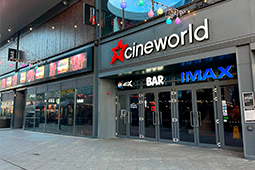
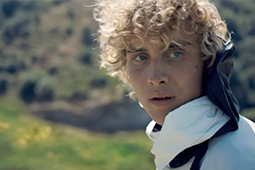

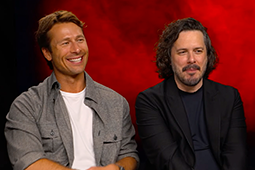


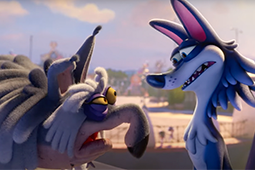
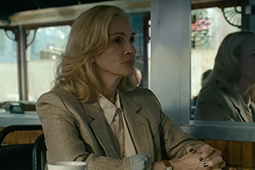
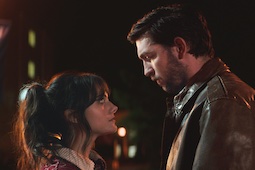

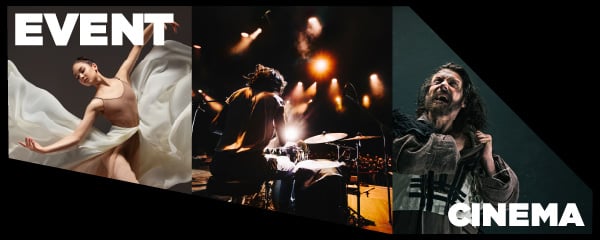
.jpg)
.png)

